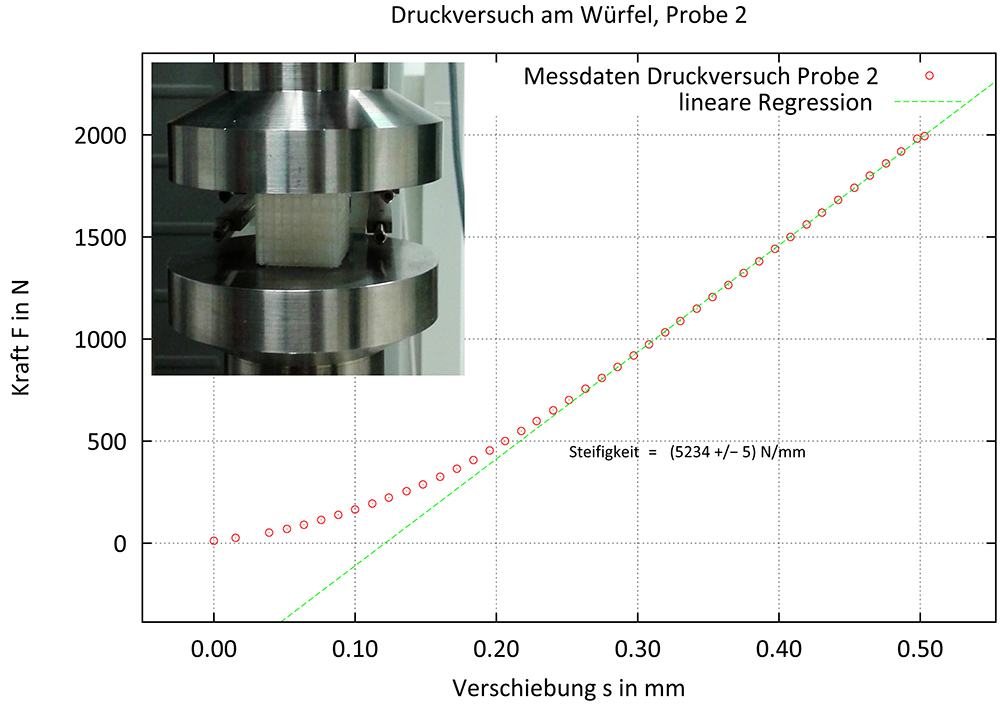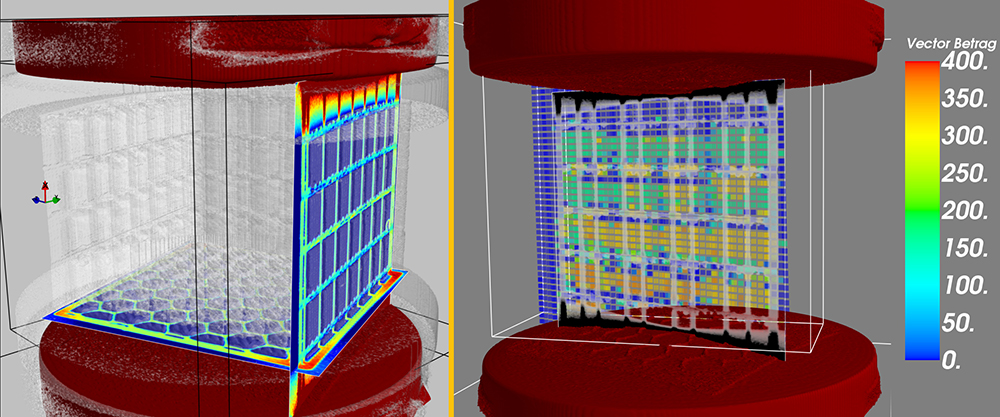The market for generatively manufactured components with 3-D printing processes is growing rapidly. The market research company IDC predicts an increase of worldwide expenditure for 3-D printing processes for individual mass production and tailored products to 35.4 billion US dollars by the year 2020. The material of choice here in many cases is plastic, as it provides the ideal properties for many functional components. The advantage when working with additive processes lies in the great scope of design possibilities for smaller quantities as well as faster and more individualised production of components or prototypes. Many plastic components are produced by means of 3D-print in the so-called FDM printing process (Fused Deposition Modelling). A research project at IMWS deals with the strength calculation of such FDM components.
The FDM printing process allows the manufacture of high-quality and structurally durable components using many of the materials and colours available on the market. However, at present there is neither scientifically founded research of the deformation and fracture behaviour nor a basis for the strength calculation of components, which were manufactured using an FDM printing process.
A joint research project by the Fraunhofer Institute for Microstructure of Materials and Systems IMWS and Polymer Service GmbH Merseburg wants to remedy exactly that. The research project, which will run until mid-April 2020 and will be worked on as part of the performance centre »Chemical and Bio-system Technology«, is to fill these gaps.
Based on the identified mechanical and fracture-mechanical material properties and structures on the inside and the surface, design criteria for additively produced components are to be developed. In what way should component material and geometry interact so that the necessary robustness and the greatest possible performance life can be achieved through this in 3-D production? »We want to raise the category of components, which are manufactured in 3-D print processes, to a predictable level and to give users a scientifically founded design concept«, says Andreas Krombholz, project leader at Fraunhofer IMWS.
When components are additively produced, the object, which is to be made, is built up layer-by-layer or point-by-point. Typical for components produced by FDM is that the actual component, which originally was constructed as the surface model, has production-related imperfections inside and on the surface that are due to layered building-up, which makes the components prone to cracks and therefore to fractures.
Until now, there has been no consistent methodology to predict the deformation and fracture behaviour of components, which were made in a FDM printing process. Therefore, the deformation and facture behaviour of such components is to be examined, quantified and made ready for simulation. For this Fraunhofer IMWS is developing fracture mechanical concepts and specially made test specimens to create reliable assessment options for deformation and fracture behaviour, which considers the actual morphology of the components.
With this in mind, it is necessary to clarify the relevant damage mechanisms so that then the methods of fracture technology can be applied. The use of in-situ computer tomography allows detailed views of the interior of material structures and thus creates the conditions for explaining the damage mechanisms. The examination results flow into a model, in which the energy release rates occurring in application instances can be compared with critical factors. This allows a prognosis of the components’ limits of use. A large service market can thus be opened up. »Once we have successfully developed the simulation tool, it facilitates a pioneering role in the area of fracture mechanical tests of additively manufactured components. That is the basis for onward development of processing and the use of new plastics and, with this, the improvement of quality and reliability of 3-D printed components« says Andreas Krombholz estimating the potential of the research project.



